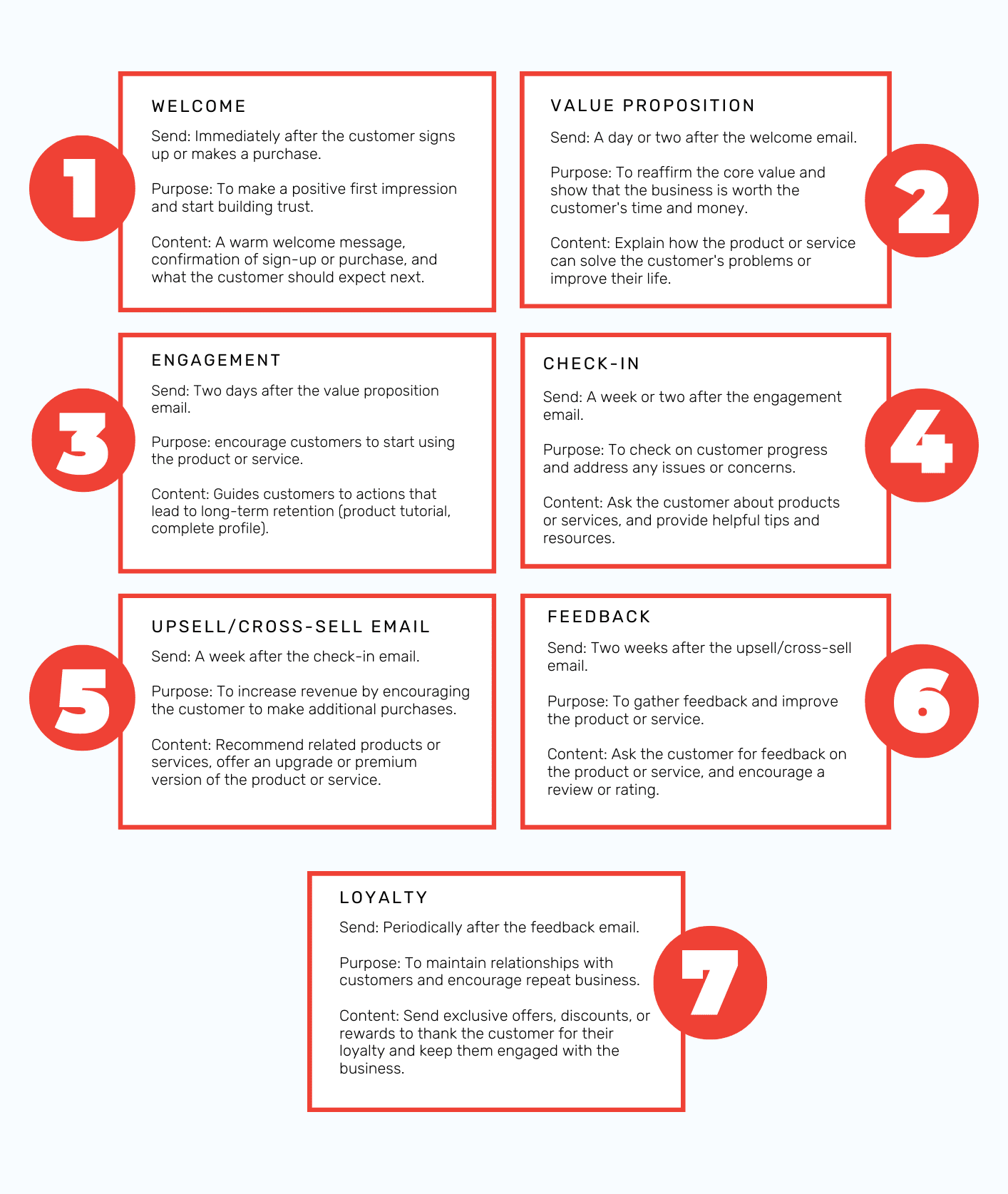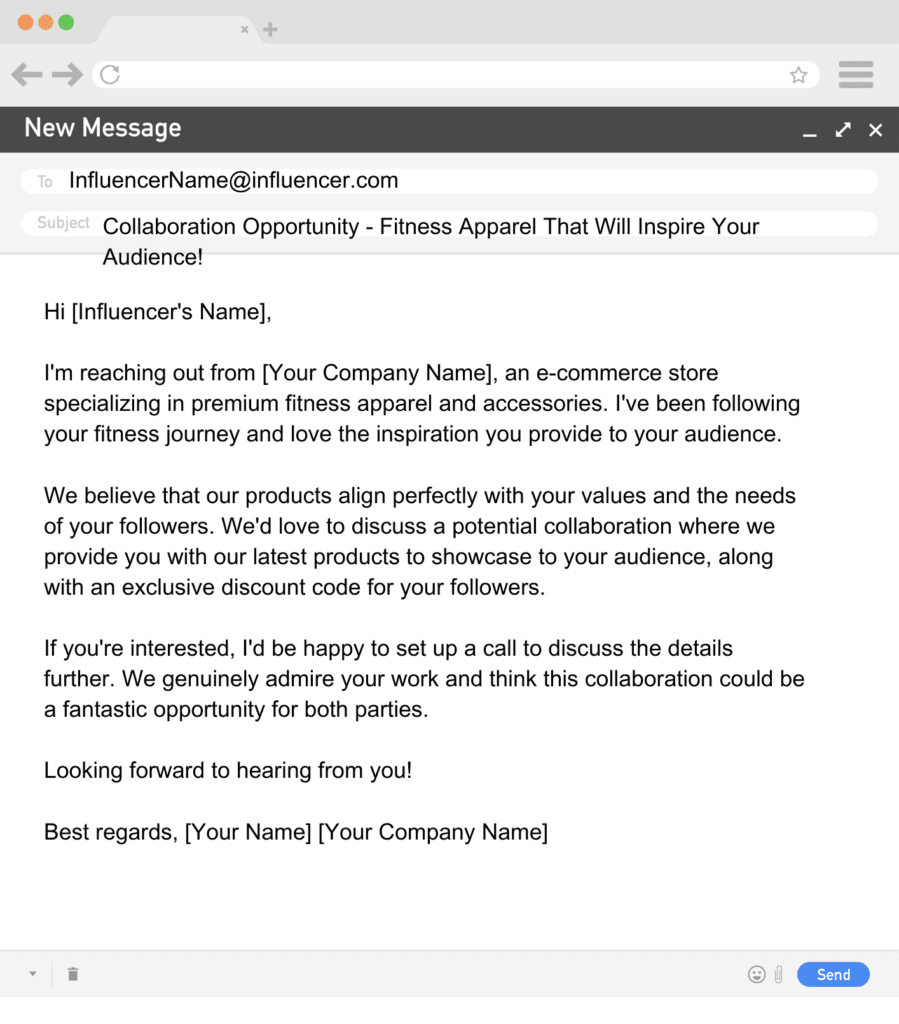Best Strategies for Boosting E-Commerce Sales
E-commerce has revolutionized the way we shop and conduct business. It allows us to buy and sell products and services online with just a few clicks. However, with the rise of e-commerce, competition has become more intense, making it challenging to stand out in a crowded marketplace. That’s where e-commerce marketing comes in. It is a powerful tool that can help boost your online sales and take your business to the next level.
In this article, we will explore the best e-commerce marketing strategies to help you unlock the full potential of your online store. Whether you’re a small business owner or a seasoned marketer, these strategies increase your visibility, drive traffic to your website, and convert visitors into loyal customers.
Understanding Your Target Audience
The first step in a successful e-commerce marketing campaign is understanding the target audience. Knowing who your customers are, what they want, and how they behave online is crucial to developing effective marketing strategies.
Start by creating buyer personas – fictional representations of ideal customers. Then, conduct market research to gather data on their demographics, interests, and purchasing habits. This information will help you create targeted messaging and personalized offers that resonate with your audience.
Consider an e-commerce store that sells fitness apparel and accessories. Buyer personas may include:
• Persona 1: Active Andy – A 25-year-old male passionate about weightlifting and follows fitness influencers on social media. He values high-quality products that provide comfort and support during intense workouts.
• Persona 2: Yoga Yara – A 30-year-old female who practices yoga regularly and seeks sustainable and eco-friendly activewear. She is interested in versatile apparel that can be worn both in the studio and during casual outings.
By creating detailed buyer personas like these, the e-commerce store can tailor their marketing messages and product offerings to meet the specific needs and preferences of each persona. For more about creating buyer personas, check out How to Create Buyer Personas and 70 Buyer Personal Questions.
Next, analyze your website and social media analytics to identify patterns in user behavior. Look for insights such as which pages are most visited, which products are most popular, and where users drop off in the conversion process. Use this data to optimize your website and marketing campaigns to better meet your audience’s needs.
Examples of how to optimize a website and marketing campaign to better meet your audience’s needs:
Optimizing the website:
• Conduct A/B testing to determine the most effective layout, colors, and call-to-action placement.
• Improve site navigation and ensure a seamless user experience across different devices.
• Provide detailed product descriptions, high-quality images, and customer reviews to build trust and aid purchase decisions.
Optimizing marketing campaigns:
• Segment your email list based on buyer personas to deliver personalized content and offers.
• Use retargeting ads to reach visitors who have shown interest in specific products.
• Leverage social media targeting options to reach users with relevant interests and demographics.
Finally, stay up with trends and changes in your industry to ensure that your marketing efforts remain relevant. Engage with your audience on social media and monitor feedback to gain valuable insights into their needs and preferences.
Examples of staying up to date on trends and changes in your industry:
• Follow industry blogs, news websites, and social media accounts to stay informed about the latest trends and developments.
• Attend industry conferences, webinars, and networking events to learn from experts and stay connected with industry peers.
• Join relevant online communities or forums where industry professionals and enthusiasts discuss current trends and challenges.
Creating an Effective E-commerce Marketing Plan
The key to a successful e-commerce marketing campaign is a well-planned strategy. Start by setting clear goals and objectives for your campaign. Do you want to increase website traffic, generate leads, or boost sales? Once you have defined your goals, identify the tactics and channels to help you achieve them.
• Consider using a mix of channels such as email marketing, social media advertising, influencer marketing, and content marketing to reach your target audience.
• Set a budget for each channel and monitor results closely to ensure a good return on investment.
• Develop a timeline for marketing campaigns and create a content calendar to ensure that you are delivering consistent messaging across all channels.
Importance of SEO in E-commerce Marketing
Search engine optimization (SEO) is a critical component of e-commerce marketing. It involves optimizing your website and content to rank higher in search engine results pages (SERPs). By improving your visibility in search results, you can attract more qualified traffic to your website and increase your chances of converting visitors into customers.
To improve SEO, start by conducting keyword research to identify the search terms and phrases the target audience searches to find products and services.
Example of keyword research steps:
• Use keyword research tools like Google Keyword Planner, SEMrush, or Ahrefs to identify relevant keywords related to your products or industry.
• Analyze search volume, competition, and keyword difficulty to select target keywords.
• Consider long-tail keywords that are more specific and have less competition.
• Incorporate target keywords in your website content, meta tags, headings, and product descriptions.
Then, optimize your website and content to include these keywords in strategic locations such as page titles, meta descriptions, and product descriptions.
Example of optimizing a website to include keywords:
For our fitness apparel e-commerce store, optimizing the website with relevant keywords may involve:
• Including target keywords in product titles, descriptions, and URLs.
• Creating category pages with keyword-rich titles and descriptions.
• Writing blog posts or articles around fitness topics using relevant keywords.
Other tactics that can help improve your SEO include improving website speed and mobile responsiveness, optimizing images and videos, and building high-quality backlinks to your website.
Explain the way to improve website speed and mobile responsiveness, optimize images and videos, and build high-quality backlinks to your website:
Improve website speed and mobile responsiveness:
• Compress images and minify CSS and JavaScript files to reduce page load time.
• Use caching plugins and content delivery networks (CDNs) to deliver content faster.
• Optimize code and server configurations for better performance.
Optimize images and videos:
• Compress images without sacrificing quality using tools like TinyPNG or ImageOptim.
• Use responsive image techniques to serve appropriately sized images for different devices.
• Host videos on platforms like YouTube or Vimeo and embed them on your website to reduce load times.
Build high-quality backlinks:
• Create valuable and shareable content that naturally attracts backlinks from reputable websites.
• Contact industry influencers, bloggers, and websites for collaboration opportunities or guest posting.
• Participate in industry-related forums and online communities, including your website’s link when relevant.
Leveraging Social Media for E-commerce Marketing
Social media is a powerful tool for e-commerce marketing to reach a broad audience and engage customers in real-time. Start by identifying the social media channels that your target audience is most active on. Then, create a social media strategy that includes organic and paid content.
Organic content can include posts that showcase your products, behind-the-scenes glimpses of your business, and customer testimonials. Paid content includes social media advertising, which can help you reach a larger audience and drive more traffic to your website.
When creating social media content, stay true to your brand voice and messaging. Use high-quality images and videos to showcase your products, and always include a call to action encouraging users to visit your website or make a purchase.
• Run contests or giveaways on social media platforms to encourage user participation and increase brand awareness.
• Respond promptly to customer inquiries and comments to demonstrate excellent customer service.
• Share user-generated content featuring your products to showcase social proof and encourage brand advocacy.
Example of a content calendar:
A content calendar helps you plan and organize your content creation and distribution. Here’s an example of a content calendar for a month:
• Week 1: Publish a blog post about the latest fitness trends.
• Week 2: Share a customer success story on social media.
• Week 3: Release a video tutorial demonstrating how to use a product.
• Week 4: Email newsletter with a special discount offer for loyal customers.
Email Marketing for E-commerce
Email marketing is another effective strategy for e-commerce marketing. It allows you to reach customers directly and can be used to nurture leads, promote special offers, and drive sales. Start by building an email list of subscribers who have opted-in to receive your communications.
Then, develop a content strategy that includes promotional and educational content. Promotional content includes special offers, new product launches, and sales. Educational content can be tips and advice related to your products and industry.
Example of an email content strategy:
• Welcome emails: Send a personalized welcome email to new subscribers, introducing your brand and offering a discount or special incentive.
• Promotional emails: Highlight new product releases, limited-time sales, or exclusive offers to drive traffic and conversions.
• Abandoned cart emails: Remind customers about items left in their cart and offer incentives or personalized recommendations to encourage them to complete the purchase.
Example of welcome email sequence:

When crafting email content, use attention-grabbing subject lines, personalized messaging, and clear calls to action. Test different email templates and messaging to identify what resonates best with your audience.
• Examples of attention-grabbing subject lines, personalized messaging, and clear calls to action: Subject line: “Get Fit and Look Fabulous with Our New Collection – 20% Off Today Only!”
• Personalized messaging: Address subscribers by their first name and tailor the email content based on their previous purchases or browsing history.
• Clear call-to-action: Use action-oriented language and prominent buttons to guide readers to your website or specific product pages.
Influencer Marketing for E-commerce
Influencer marketing is a popular strategy for e-commerce businesses. It involves partnering with social media influencers with a large following to promote your products. Influencers can help you reach a broader audience and can be particularly effective for reaching younger demographics.
To get started with influencer marketing, identify influencers in your industry who align with your brand values and target audience. Reach out to them with a pitch that highlights the benefits of your products and why you think they would be a good fit for your brand.
Example of an effective email to reach out to potential influencers:

When partnering with influencers, it’s important to set clear expectations and guidelines for their content. Make sure that their messaging aligns with your brand voice and that they disclose their partnership with your company to their followers.
E-commerce Marketing Automation
Marketing automation is a powerful tool for e-commerce businesses. It involves using software to automate repetitive marketing tasks such as email campaigns, social media posting, and lead nurturing. By automating these tasks, you can save time and improve the efficiency of your marketing efforts.
Examples of marketing automation software:
• HubSpot: Offers comprehensive marketing automation features, including email marketing, lead nurturing, and workflow automation.
• Mailchimp: Provides a user-friendly interface for email marketing automation, with features like audience segmentation, abandoned cart emails, and drip campaigns.
• ActiveCampaign: Offers a range of automation tools, including email marketing, CRM, and personalized customer journeys.
To get started with marketing automation, identify the tasks that you want to automate and the software that you will use to do so. Then, develop a workflow that outlines the steps that your automation will take to achieve your goals.
Example of marketing automation workflow:
A marketing automation workflow for an e-commerce store might include the following steps:
• A visitor signs up for a newsletter and receives a welcome email. If the visitor makes a purchase, they are added to a customer segment and receive a post-purchase email. If the visitor abandons a cart, they receive an automated email reminding them to complete the purchase.
• Customers who haven’t made a purchase recently send them a re-engagement email with a special offer.
• Based on customer behavior, personalized emails are sent with product recommendations or relevant content.
When implementing marketing automation, it’s important to monitor results closely and make adjustments as needed. Test different workflows and messaging to identify what resonates best with your audience.
Measuring the Success of Your E-commerce Marketing Efforts
To ensure that your e-commerce marketing efforts are effective, it’s important to measure your results and make adjustments as needed. Start by setting clear metrics for success such as website traffic, conversion rates, and sales.
Then, use analytics tools to track your performance across all channels. Identify which tactics and channels are delivering the best results and adjust your strategy accordingly.
Finally, monitor your results over time and make adjustments as needed. Stay up to date with changes in your industry and adjust your marketing efforts to stay ahead of the competition.
Examples of measuring results:
• Website analytics: Monitor key metrics such as website traffic, conversion rates, bounce rates, and average session duration using tools like Google Analytics.
• Email marketing metrics: Track email open rates, click-through rates, and conversion rates to evaluate the effectiveness of your email campaigns.
• Sales data: Analyze sales data to measure the impact of your marketing efforts on revenue and identify trends or patterns.
• Social media analytics: Use social media analytics tools to track engagement metrics like likes, shares, comments, and reach.
• Customer feedback: Collect customer feedback through surveys or reviews to understand their satisfaction levels and make improvements accordingly.
Conclusion
E-commerce marketing is a powerful tool that can help you boost your online sales and take your business to the next level. By understanding your target audience, developing an effective marketing plan, and leveraging the best e-commerce marketing strategies, you can attract more qualified traffic to your website, convert visitors into loyal customers, and achieve your business goals. So, use these tips to unlock the full potential of your e-commerce business and watch your sales soar!
